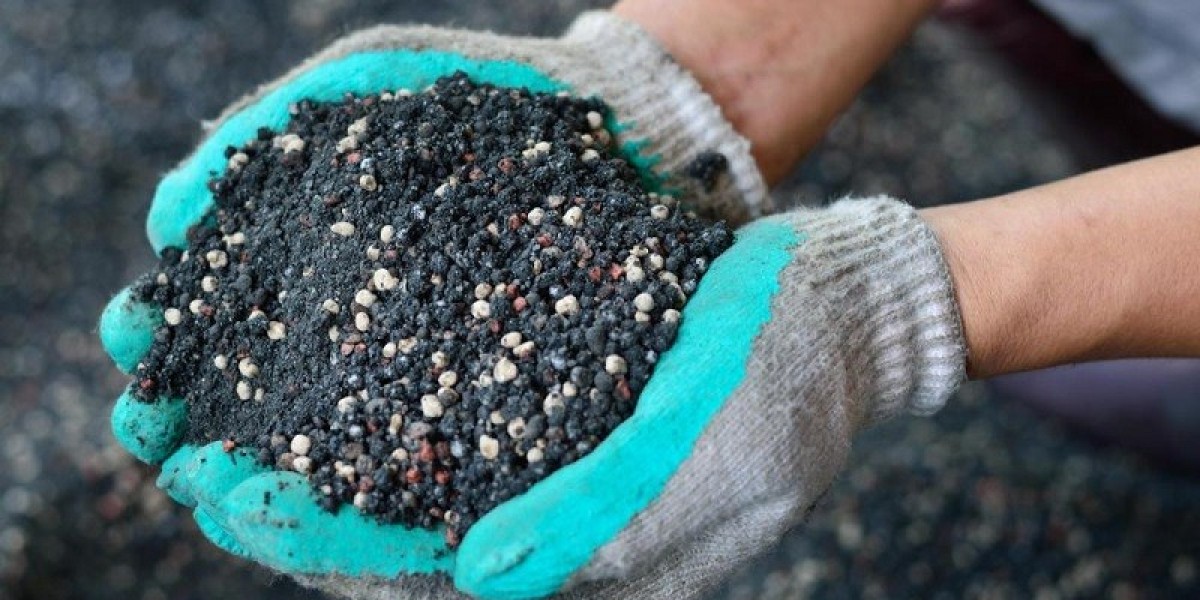Introduction: The Challenge of Chronic Leg Wounds
Venous skin ulcers, often referred to as venous leg ulcers (VLUs) or stasis ulcers, are chronic, non-healing open sores that primarily affect the lower legs, particularly around the ankles. These persistent wounds arise from underlying problems with blood circulation in the leg veins, specifically chronic venous insufficiency (CVI). Unlike typical cuts or scrapes that heal quickly, venous ulcers can linger for months or even years, causing significant pain, discomfort, reduced mobility, and a profound impact on a patient's quality of life. The Venous Skin Ulcer Treatment Market is dedicated to providing comprehensive solutions, from conventional therapies to advanced wound care products, to promote healing and prevent recurrence of these challenging wounds.
Causes, Characteristics, and Diagnosis
Venous skin ulcers occur when the one-way valves in the leg veins, which are responsible for pushing blood back towards the heart, become weak or damaged. This leads to blood pooling in the lower legs, causing increased pressure (venous hypertension) and fluid leakage into the surrounding tissues. This sustained pressure and inflammation impair the skin's ability to heal, making it fragile and prone to ulceration even from minor injuries.
Key characteristics of venous ulcers include:
- Location: Most commonly above the ankle, on the inner aspect of the leg (medial malleolus).
- Appearance: Typically shallow with irregular borders, a red base, and often covered with yellow fibrinous tissue.
- Associated Skin Changes: Surrounding skin may appear discolored (dark brown/purple due to hemosiderin staining), thickened, hardened (lipodermatosclerosis), or itchy (venous eczema).
- Symptoms: Often accompanied by leg swelling (edema), aching, heaviness, and cramping, which may improve with leg elevation.
Diagnosis primarily involves a clinical examination of the ulcer and the affected leg. A crucial diagnostic step is the ankle-brachial index (ABI) test, which measures blood pressure in the ankles and arms to rule out arterial disease, as compression therapy—a cornerstone of VLU treatment—is contraindicated in significant arterial insufficiency. Duplex ultrasound is often used to assess venous reflux and obstruction, identifying the underlying venous insufficiency.
Treatment Modalities
Effective treatment for venous skin ulcers is multifaceted and typically includes:
- Compression Therapy: This is the gold standard and most critical component of VLU treatment. Compression bandages or stockings are applied to the affected leg to counteract venous hypertension, reduce swelling, improve blood flow, and support healing.
- Wound Care: Regular cleaning of the ulcer and application of appropriate dressings (e.g., foam, hydrocolloid, alginate, silver-impregnated dressings) are essential to maintain a moist wound environment, manage exudate, prevent infection, and promote granulation tissue formation.
- Debridement: Removal of dead or necrotic tissue from the ulcer bed is often necessary to facilitate healing. This can be done surgically, mechanically, autolytically (using dressings), or enzymatically.
- Leg Elevation and Exercise: Patients are advised to elevate their legs regularly and maintain activity (e.g., walking) to improve venous return and reduce swelling.
- Infection Management: Antibiotics are prescribed if the ulcer becomes infected, based on clinical signs of infection.
- Surgical Interventions: In some cases, procedures to address the underlying venous insufficiency, such as endovenous ablation (laser or radiofrequency) or traditional vein stripping, may be performed to improve long-term healing and prevent recurrence.
- Advanced Therapies: For non-healing or complex ulcers, advanced options like negative pressure wound therapy (NPWT), bioengineered skin substitutes, platelet-rich plasma (PRP), and emerging cell-based therapies (e.g., mesenchymal stromal cells) are increasingly utilized to promote tissue regeneration and wound closure.
Market Drivers and Future Outlook
The Venous Skin Ulcer Treatment Market is experiencing significant growth, projected to reach USD 5.32 billion by 2034 with a CAGR of 5.66%. Key drivers include:
- Rising Prevalence of Chronic Venous Insufficiency: An increasing global burden of CVI, driven by factors such as an aging population, rising rates of obesity, and sedentary lifestyles.
- Increasing Awareness: Greater awareness among healthcare professionals and patients about diagnosis and advanced treatment options for chronic wounds.
- Technological Advancements: Continuous innovation in wound care products, compression systems, and minimally invasive venous procedures.
- Growing Healthcare Expenditure: Increased investment in wound care management, particularly in developed economies.
The future of the Venous Skin Ulcer Treatment Market is focused on personalized and accelerated healing. Trends include the development of smart dressings with embedded sensors, advanced biologics and regenerative medicine approaches (e.g., gene therapy, stem cell therapies) to directly stimulate wound repair, and further integration of telemedicine for remote monitoring and management. Emphasis will also be placed on preventive strategies and comprehensive care pathways to reduce recurrence rates and improve overall patient outcomes.
Conclusion: A Path to Healing and Improved Quality of Life
Venous skin ulcers represent a complex and often debilitating condition, but the continuously evolving Venous Skin Ulcer Treatment Market offers increasing hope for affected individuals. By combining foundational compression therapy with cutting-edge wound care technologies and a deeper understanding of underlying venous disease, healthcare providers are better equipped to achieve complete healing, alleviate pain, and significantly enhance the quality of life for those suffering from these persistent wounds.
Explore our latest reports
🔍 Stay ahead in the healthcare industry. Browse our latest insights now!
About Market Research Future (MRFR)
Market Research Future (MRFR) is a global market research firm that provides comprehensive insights into market trends, drivers, challenges, and opportunities. We offer a broad range of market intelligence reports and consulting services to help businesses and enterprises in various industries make informed decisions
Media Contact:
Market Research Future (MRFR)
Phone: +1-646-845-9312
Email: contact@marketresearchfuture.com
Website: marketresearchfuture








